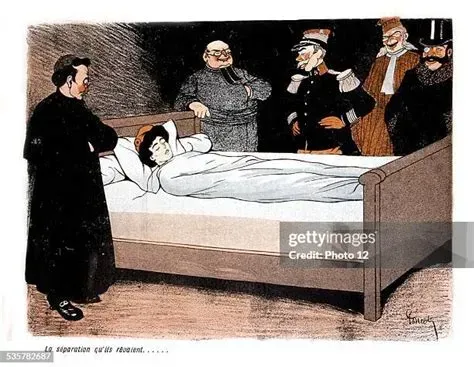From Revolutionary to Everyday, Wine Becomes France’s Drink of the Masses

In the 19th and early 20th centuries, wine in France underwent a dramatic transformation. No longer reserved for church rituals or royal banquets, it became a drink of the people—sometimes a comfort, sometimes a weapon, and always a symbol.
Revolution in a Glass
During the French Revolution, wine flowed through both the streets and the speeches. It was served in revolutionary clubs, toasted in liberty celebrations, and featured in parodies of the Marseillaise. Caricatures showed Marianne—symbol of the Republic—drinking defiantly in bars.
The People's Café Culture
As France modernized, wine became tied to the working class. The rise of cafés and guinguettes (open-air taverns near rivers) made wine part of everyday leisure. It was a tool for connection, music, and solidarity among workers.
Wine in Wartime: Survival and Resistance
In WWI and WWII, wine took on new roles. It was used in military rations to calm nerves, smuggled through occupied zones, and hoarded in secret by winemakers to keep it from German forces. Resistance fighters often met in vineyards, hiding messages in barrels.
The Hangover: Anti-Alcohol Movements & Social Critique
Amid its popularity, wine also sparked concern. The 20th century saw the rise of anti-alcohol leagues, posters warning against drunkenness, and public health campaigns. Wine was now also a target of reform.
Closing Thread: From Quantity to Quality
By the 1950s, the landscape began to change. Industrialization had brought mass-produced wine to the shelves—but quality suffered. As France recovered post-WWII, a return to terroir, tradition, and excellence was already underway.




